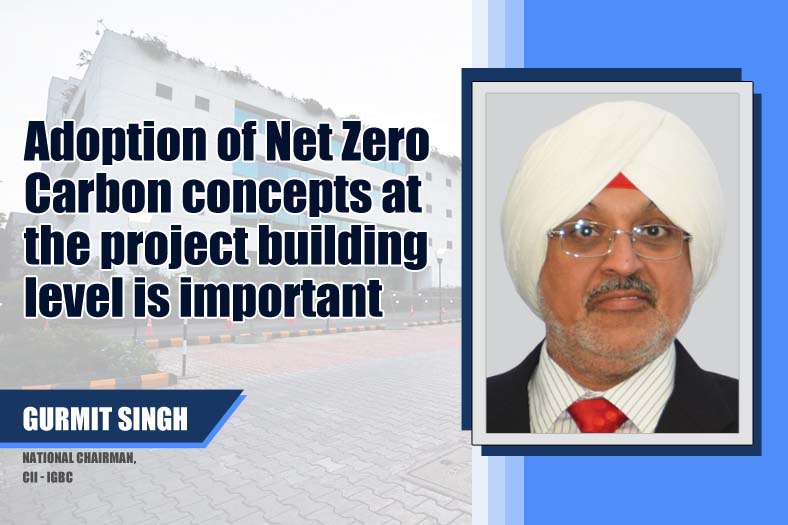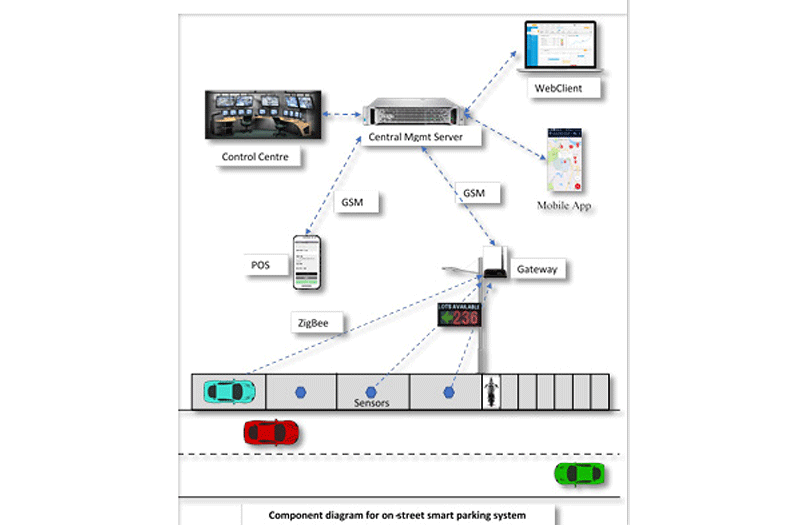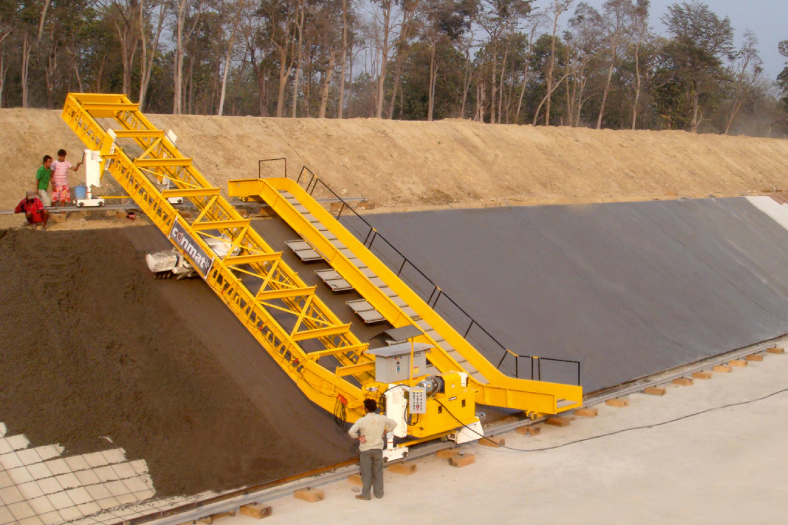Taking sustainable living to grass root

The need for shelter is known to be the third most basic human need. However, only a fifth of urban and rural households have access to housing facilities in India. In a country where almost 70 per cent of the population still lives in the rural areas and smaller towns, the gap in residential and commercial infrastructure is alarmingly significant. The sector faces severe limitations in terms of the dispersed nature of the population, absence of adequate infrastructure like roads, the weak banking system, limited availability of credit facilities, and most importantly shortage of homes. As of now, if one million homes are built in a year for the next ten years, this would only cover about a quarter of the need.
Thus development of low-cost but quality housing material, suitable housing designs etc. play an important role in ensuring housing security to millions of people. The nation’s move towards ‘smarter’ homes and cities has already set the ball rolling. The government has allocated a fund of ` 53,000 crore for the development of rural road projects in the Union Budget 2015-2016 to give a boost to the infrastructure development in these areas. Additionally schemes like the Sardar Patel Awaas Yojana help provide free plots of land for the purpose of house-building to BPL card holders.
Affordable housing is a dream that seems far reaching to the rural population unless initiatives are taken by the private sector together with the help of the government. These entities together can help solve the rural housing situation by educating the rural population in terms of the know-how of housing, construction materials, use of alternative eco-friendly construction materials. Also, knowledge building sessions on how to produce and apply these products can be organised at regular intervals. By doing so, it can provide an opportunity for the local entrepreneurs to expand their business.
Such a system has already been adopted by countries like Vietnam, Sri Lanka, Bangladesh and also parts of Latin America. China’s Ministry of Construction announced targets to retrofit 25 per cent of their existing public and residential buildings to make them greener by 2020. It estimates that the total cost of retrofitting these existing buildings with energy saving systems will total $ 193 billion. But the benefits are immense, as this 25 per cent could reduce coal use by 135 million tonnes a year. That’s about 10 per cent of the total amount used in 2014 to generate power in the country.
While India ranks third as the country with the largest number of green buildings after US and China. Most Indian projects have demonstrated through their simplicity that green buildings and sustainable construction are not complex or high-tech ventures. The main difference in a green building is in the approach to its design, which focuses on a concern for extending the life span of natural resources; reducing operating costs such as for use of energy and water; providing human comfort, safety and productivity. Other typical features would include the use of non-toxic, recycled and environmental friendly building materials.
However to create a pathway for sustainable construction to India’s grassroots a strategic business model would need to be devised. This would provide affordable and green building materials in rural and semi-urban India. The local would need to be given an opportunity to develop this business in situ. This would help create the next generation of construction experts and also be logistically more viable. It would encourage local entrepreneurs and also help contain the costs and availability of the building materials within affordable means. While such a model could help bring together several individual vendors in an organised unit it would also provide builders with a one-stop-shop for their queries regarding adopting sustainable construction methods.
It is important to view rural housing within the wider context of rural development and to understand and link other rural development policies. In smaller second- or third-tier cities, where average incomes tend to be lower and there may be fewer local incentives and subsidies, green buildings could appear a less attractive option. However if the awareness is created at the right time, the country could look at a healthier future. A concentrated effort could help reduce CO2 emissions by significant levels. The need of the hour is a sustainable model which would be designed to be able to increase capacity and capability year on year. Authored by: Danish Rashid, Business Development Head, ACC Limited
Cookie Consent
We use cookies to personalize your experience. By continuing to visit this website you agree to our Terms & Conditions, Privacy Policy and Cookie Policy.









